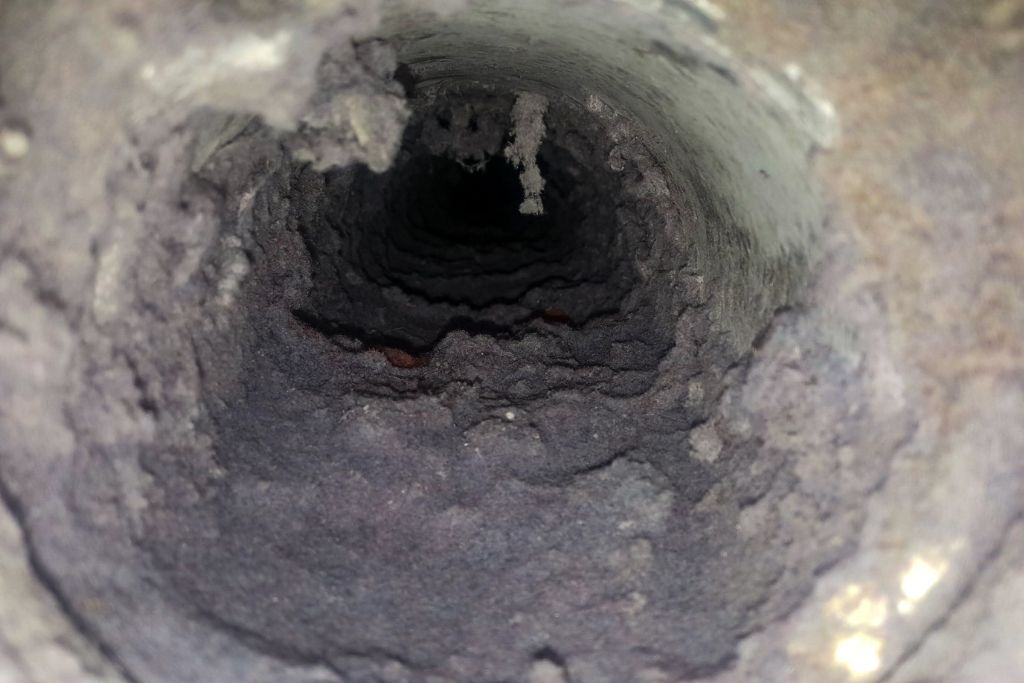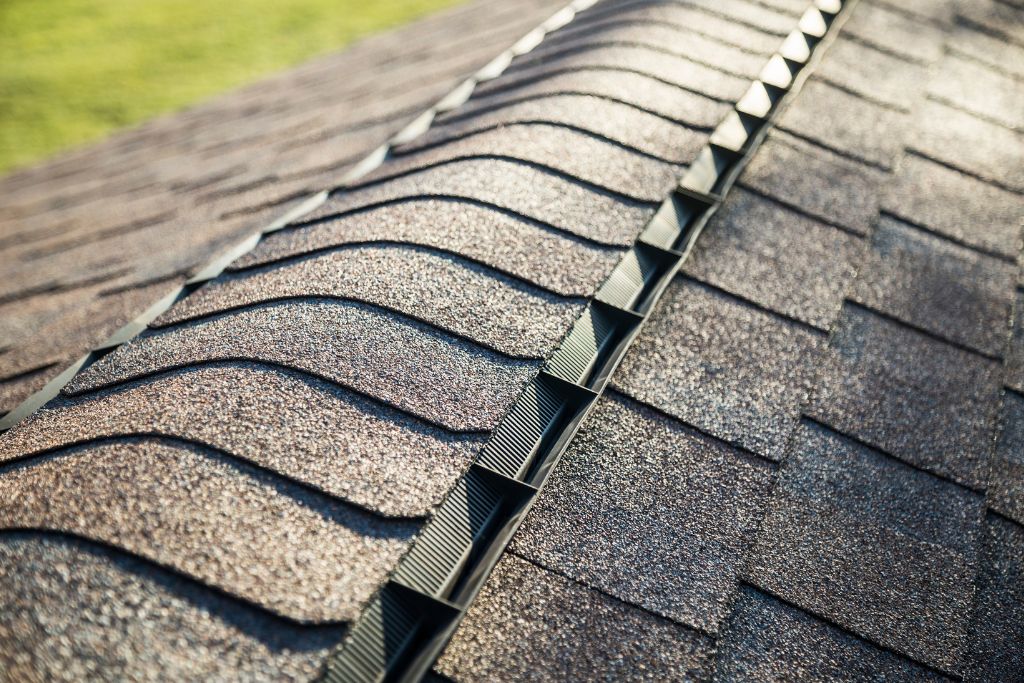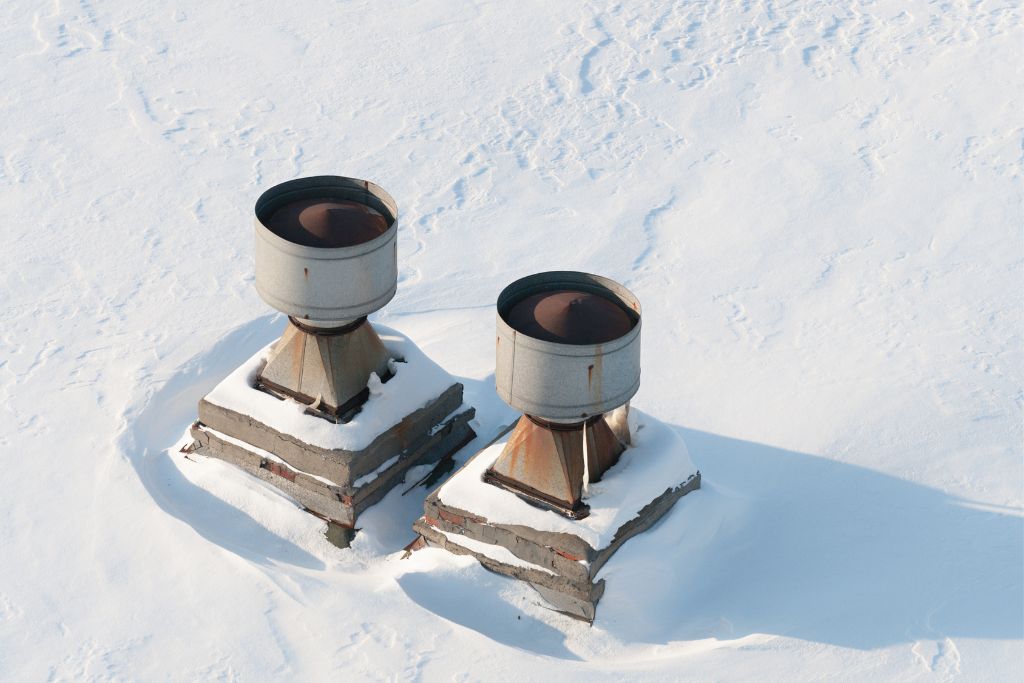When you are putting together a plumbing project for your home, there are a lot of things to consider, and venting is one of them. You need to get the right type of pipe to do the job and make sure that it will last for a while. Fortunately, there are a few different options that you can choose from, and we will explain them in this article.
Back venting
If you’re remodeling your kitchen or bathroom, you may need to install a back vent for your toilet plumbing. This is an important part of your home’s plumbing system that keeps the air pressure in your pipes and fixtures even and consistent. Without proper ventilation, you may experience issues such as gurgling, odors, and water loss.
A basic understanding of your plumbing system can help you troubleshoot problems before they turn into bigger issues. Knowing your way around your system can save you time, energy, and money. To make sure that you’re installing the right vent for your needs, contact Black Diamond Plumbing & Mechanical. Our plumbers are experts in Kansas City and are ready to provide you with the advice you need.

Vents for your plumbing system must meet specific building codes. For example, a bathroom sink may require a separate vent pipe, whereas a bathtub or washing machine can have the same pipe vented from the roof.
Wet venting
Wet venting for toilet plumbing is a simple and effective way to reduce the number of vent pipes required by your drainage system. Essentially, it enables you to vent two or more bathroom fixtures on one floor without having to deal with a separate drain.
There are a few different types of wet vents. They can vary in size and function. You should make sure you choose the best option for your situation. For instance, your wet vent may not be large enough to accommodate your bathtub or sink. If so, you may want to consider getting a separate wet vent pipe for the tub.

Most building codes have a minimum size requirement for wet vents. The standard size is three inches for a drain line from a toilet or tub. To avoid hydraulic overload, you should use a larger pipe.
Wet venting for toilet plumbing is primarily used in bathrooms. In addition to a toilet, a wet vent can be used for a sink or shower.
Slope venting
When it comes to bathroom ventilation, you should consider many factors. The most common configuration is to run 2″ PVC vent pipes down from the ceiling within the wall behind the toilet.
Another option is to use a sanitary tee. A sanitary tee connects the toilet drain and the vent. If the toilet is located on the ground, the sanitary tee can be attached to the floor.
For the same purpose, you can also tie in a 2-inch vent pipe. It can be run upward to the main vent stack. However, it’s important to use a sanitary tee that is installed with a seal to prevent waste gases from entering the home.

You can also install a three-inch vent pipe. This is often used to meet UPC’s aggregate venting requirement. Also, it is acceptable for toilets that do not have a 4-inch toilet drain.
If you are using a 3-inch drain line, you should connect it to a 3″x3″x2″ wye. This will allow you to attach the sanitary tee to the building drain.
Common problems associated with vent pipes
A vent pipe is an essential part of the plumbing system. This is because it helps waste and liquids flow out of the house. In addition, it keeps fresh air inside the pipes.
When this type of vent pipe is clogged, it can cause unpleasant odors and gurgling sounds. If this happens, it is best to call a plumber for help.
Plumbing vents should be placed away from windows and HVAC units. Moreover, the plumbing vents should be angled so as to prevent debris from entering the system.

Besides, a plumbing vent should be positioned far from any source of noise, so as to avoid disturbing people. Similarly, a vent should be placed at least two feet above the ground.
If your toilet or sink has a gurgling sound, it is likely that there is a blockage in the drain. A whistling noise is also possible, which could be caused by a faulty toilet tank fill valve.
